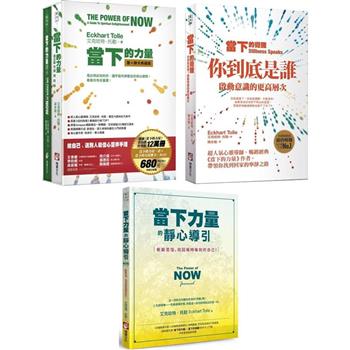| FindBook |
有 1 項符合
The Innovation Tools Handbook, Volume 2的圖書 |
 |
The Innovation Tools Handbook, Volume 2 作者:H. James Harrington,Frank Voehl 出版社:Taylor & Francis 出版日期:2016-08-19 語言:英文 |
| 圖書館借閱 |
| 國家圖書館 | 全國圖書書目資訊網 | 國立公共資訊圖書館 | 電子書服務平台 | MetaCat 跨館整合查詢 |
| 臺北市立圖書館 | 新北市立圖書館 | 基隆市公共圖書館 | 桃園市立圖書館 | 新竹縣公共圖書館 |
| 苗栗縣立圖書館 | 臺中市立圖書館 | 彰化縣公共圖書館 | 南投縣文化局 | 雲林縣公共圖書館 |
| 嘉義縣圖書館 | 臺南市立圖書館 | 高雄市立圖書館 | 屏東縣公共圖書館 | 宜蘭縣公共圖書館 |
| 花蓮縣文化局 | 臺東縣文化處 |
|
|
In today’s fast-moving, high-technology environment, the focus on quality has given way to a focus on innovation. From presidents of the United States to presidents of Fortune 500 companies, it is clear that everyone thinks innovation is extremely important. The challenge is that few people stop to define why innovation is important—to understand what’s driving the need for more innovation. We all agree that more frequent innovation is important, even necessary.
There is actually a growing body of evidence that indicates that looking outside of your company (rather than purely looking internally) and to customers’ needs, using the tools in this Handbook, will lead to more innovative ideas. Responding to customers’ needs is the key to a successful business. You can use these tools to talk to customers—satisfied ones, unsatisfied ones, potential customers, people who would never buy your product or service, and also people you have never considered as a potential customer. In addition, these tools will help you ask your competitors’ customers about what makes them happy with the current businesses and offerings in the industry, why they buy or do not buy from you, your competitors, and other industries. These tools will help you understand the steps in the customer journey they need to take, what delights and frustrates them, and what their pain points are.
The three volumes of The Innovation Tools Handbook cover 76 top-rated tools and methods, from the hundreds available, that every innovator must master to be successful. Covering evolutionary and/or improvement innovative tools and methodologies, Volume 2 presents 23 tools/methodologies related to innovative evolutionary products, processes, and services, or the improvement of existing ones.
For each tool, the book provides a definition, identifies the user of the tool, explains what phases of the innovation process the tool is used, describes how the tool is used, supplies examples of the outputs from the tool, identifies software that can maximize its effectiveness, and includes references and suggestions for further reading. Ideation is about developing ideas on how to seize identified opportunities. What are the possible answers to your breakthrough questions? Having a deep understanding about the customer, their needs and pain points, as well as the existing solutions (i.e. business models in the industry) will naturally lead to new ideas. How seriously you do your discovery homework using the tools in these Handbooks will determine not only how fast you create ideas, but about how likely these ideas are to succeed.
Tools and methodologies covered include: 5 why questions, Affinity diagrams, attribute listing, brainwriting 6–3–5, cause-and-effect diagrams, creative problem solving model, design for tools, flowcharting, force field analysis, Kano analysis, nominal group technique, plan–do–check–act, reengineering/redesign, reverse engineering, robust design, SCAMPER, simulations, six thinking hats, social networks, solution analysis diagrams, statistical analysis, tree diagram, and value analysis.
The authors believe that by making effective use of the tools and methodologies presented in this book, your organization can increase the percentage of creative/innovative ideas by five to eight times its present performance level.
|










